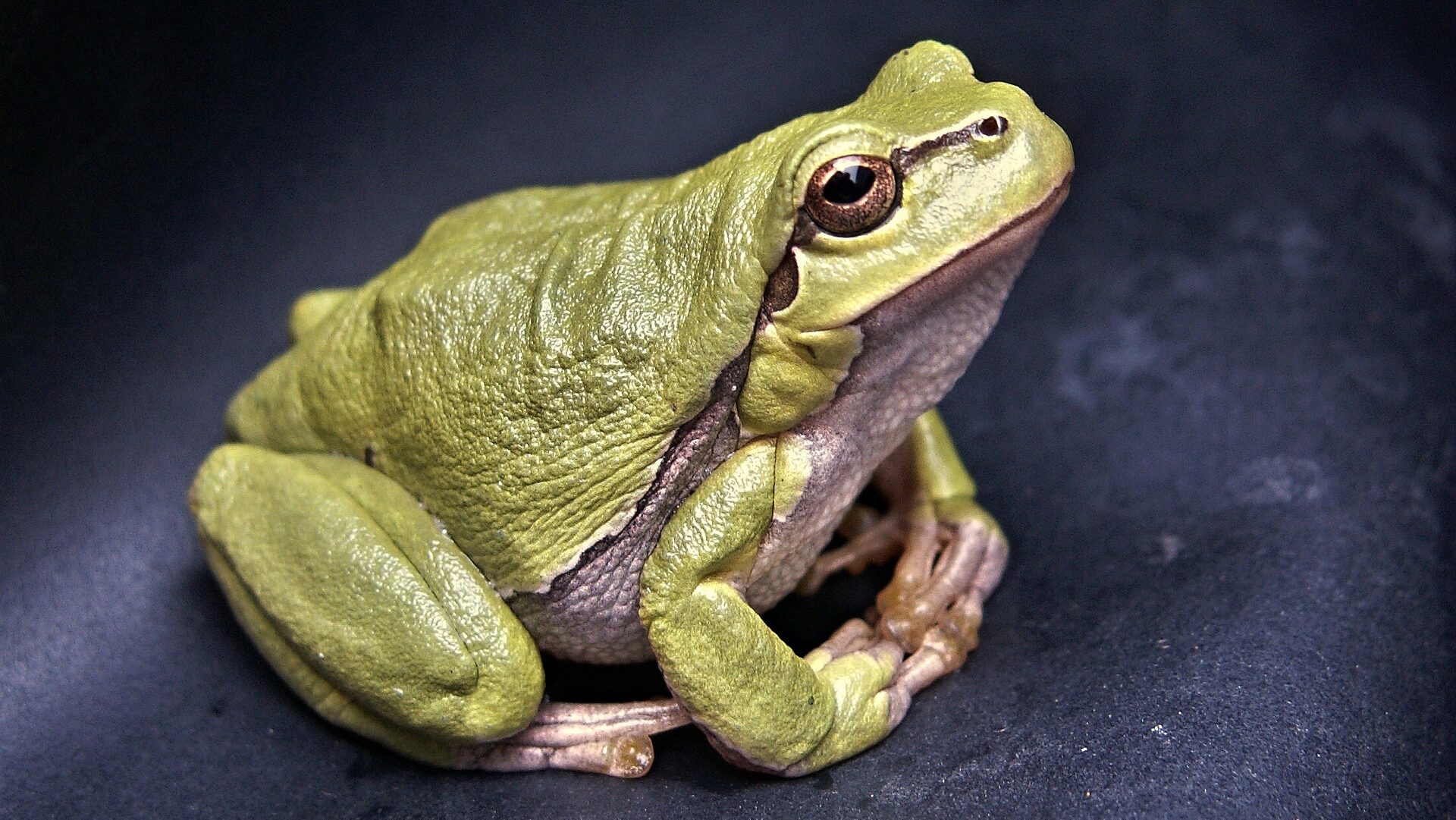Reading Time – 8 Minutes, Difficulty Level – 3/5
TAPHONOMY & HOW FOSSIL PRESERVATION BIAS DISTORTS PREHISTORY
Fossilisation; the mechanism by which the remains of living things are preserved in rock, is a very particular process that requires specific conditions to be successful. For an animal to become a fossil, it must die in a location where it can be quickly buried, away from the elements and dismembering influence of scavengers. It must be shielded from bacteria and fungi that can break down tissues, either by a physical or chemical barrier. It must then survive the millions of years it takes for the surrounding minerals to infuse into its remains, the crushing forces of tectonic movement and abrasive erosion, and then be fortunate enough to find its way to a location where it can be found, excavated and examined. Many fossils unfortunately either erode on the surface and crumble away, or descend deep into the Earth’s crust never to see the light of day.
When examining fossil remains, palaeontologists have to interpret the available information in their efforts to reconstruct the species they’re studying, which is why taphonomy is such an important branch of the field. Taphonomy is the study of the ways in which an organism has been altered from the moment it dies to the moment its fossils are excavated. Everything from decomposition, scavenging, deposition, distortion and transportation is considered. Understanding taphonomy is key in reducing the risk of false results. The conditions that promote fossilisation can dampen or amplify certain signals, as can the palaeoenvironment of the time and the biology and behaviour of the species within it. This is known as preservation bias.

The sharp, backwards curve of the neck in this Struthiomimus fossil is a result of rigor mortis; an important consideration in taphonomy. Photo by Mike Beauregard, CC BY-2.0
At the most basic level, fossilisation favours the harder, more mineralised tissues of an organism. Shells and teeth are among the most common body fossils found, followed by bones. After that the gradually softer parts of an animal are less likely to survive – the keratin sheaths of claws and horns, the skin, muscles and organs. Only in sites of exceptional preservation, known as lagerstatten, are such soft, delicate tissues preserved. As a result the vast majority of fossil species are known from very limited aspects of their anatomy.
Sites that preserve high numbers of fossils are often places where there is plentiful movement of sediment for carcasses to be buried in, whether that’s mud, sand or silt. This can include floodplains, river basins and tidal lagoons. This has the potential to distort the representation of the palaeoecology of a given site. There might be high numbers of a certain species within a fossil formation, but are these animals common in the wider landscape, or are they concentrated around the area of deposition? Perhaps some aspect of their diet, migration and breeding behaviour caused them to concentrate around a given location. Perhaps these congregations were year-round, or perhaps they were seasonal.
Likewise a species that is rare at the fossil site might have been genuinely uncommon in its environment. Alternatively, it may have wandered from its usual habitat to be preserved at this fossil site, and was present in great numbers just a short distance away, living in a habitat that does not preserve well such as highlands or dense forests.

Grizzly Bears (Ursus arctos horribilis) are typically solitary, but will gather in large numbers during a salmon run, creating a scene that misrepresents their usual behaviour. Photo by Christoph Strȁssler.
The nature of preservation can also predispose a fossil site to disproportionately represent particular segments of the faunal landscape. The Morrison formation is a famous region of Jurassic rock that is present across large stretches of the American midwest. Stratigraphic analysis of the rock deposits suggest that during the Jurassic, the Morrison was a seasonal, alluvial environment within a drainage basin. Rivers flowed from the highlands into a patchwork of savannahs and floodplains, which would experience annual wet and dry seasons. The wet seasons would bring powerful floods, which can shift considerable volumes of water and sediment. These flash floods are ideal for transporting, burying and preserving large carcasses, while smaller bodies risk being destroyed. Morrison is famous for its abundance of enormous dinosaurs, including such famous beasts as Allosaurus, Stegosaurus, Brontosaurus & Brachiosaurus.
Meanwhile, rock formations in the Jehol Group of North-Eastern China and Korea appear to preserve a very different depositional environment, as evidenced by a mixture of lake sediment and volcanic ash. It is suggested that the gently-flowing wetlands of the Jehol sat downwind of a nearby volcano. The slow rivers and streams carried small, lightweight animals into the lakes, upon which ash from the volcano would gently settle upon them. This may have been accompanied by heavy, toxic gases which would kill off small, ground-dwelling life, including decomposing bacteria. While there are a handful of large animals preserved in the Jehol, it is most famous for its fossils of small, delicate animals, including insects, frogs, early birds and feathered dinosaurs. The fine volcanic ash has preserved these animals in such exquisite detail, that in some cases even the pigment in their skin and feathers has been preserved.

The holotype of Microraptor gui; a small, feathered dinosaur from the Jehol Group. Note the long feathers on its arms, legs & tail. Photo by David Hone, CC BY 2.5
What this illustrates is that the trends in fossil content at these sites are not necessarily representative of the total ecology of that given palaeoenvironment. The relative scarcity of large animals at the Jehol does not indicate that they were absent, only that they are not being preserved. Likewise, the Morrison formation almost certainly had a huge abundance of small animals that haven’t been preserved. Indeed, if modern ecosystems are a fair comparison, small species likely outnumbered large ones.
One of the most famous & spectacular lagerstatten in the world is the La Brea Tar Pits, which today sit in the interior of Los Angeles. These bubbling pools of liquid asphalt have been preserving animals for thousands of years. From within this site, a near complete ecosystem of ice age creatures has been extracted, but in unusual proportions. Thousands of Dire Wolves (Aenocyon dirus) and Sabretoothed Cats (Smilodon fatalis), compared to a few hundred Bison (Bison antiquus) and Horses (Equus occidentalis) and a few tens of Mammoths (Mammuthus columbii) and Ground Sloths (Paramylodon harlani). At first glance it seems like the carnivores greatly outnumber the herbivores, suggesting a deeply out-of-balance food chain, until you consider the conditions in which these animals were preserved.

404 skulls of Dire Wolves (Aenocyon dirus) on display at the La Brea Tar Pits Museum. Photo by Pyry Matikainen, CC-BY SA 2.5.
The sticky tar, which from the surface resembles a pool of water, would have trapped animals coming for a drink. This would provide an easy meal for carnivores from miles around, only for them to become trapped themselves, in turn attracting more waves of scavengers. This natural ‘predator trap’ eventually leads to a fossil record that disproportionately preserves carnivorous species at a higher rate than herbivorous ones.
There are endless considerations to account for when interpreting data from fossil sites, whether that’s an individual specimen or the whole ecosystem. Palaeontologists must take care to not take initial observations at face value, and look deep between the lines at how the influence of environment, geology, biology and behaviour can affect what fragments of the deep past are available to us, as well as what has been lost.
Further Reading
- R. Lee Ryman – What Taphonomy Is, What it Isn’t, and Why Taphonomists Should Care about the Difference https://web.archive.org/web/20210702174549/http://faculty.missouri.edu/~lymanr/pdfs/2010%20what%20taph%20is.pdf
- Joseph T. Flannery Sutherland et al – Does exceptional preservation distort our view of disparity in the fossil record? https://royalsocietypublishing.org/doi/full/10.1098/rspb.2019.0091
- La Brea Tar Pits & Museum https://tarpits.org/
A lifelong natural history enthusiast, Dane has built an online following recreating prehistoric life through animation, & is now studying for a Natural Sciences degree while participating in STEM ambassadorship & climate activism.








